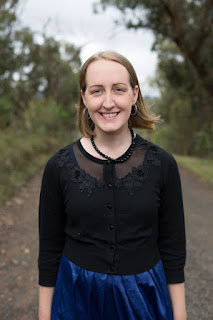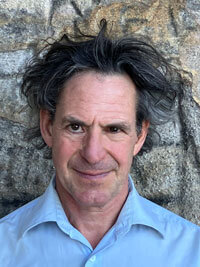It is increasingly recognised that the strength of the bond between counsellor and client is the best indicator of a good outcome for the client. The theoretical model employed by the counsellor matters less than the relationship the counsellor can build with each individual client.
Yet first year counselling students continue to be taught about different models of therapy and specialised approaches supposedly needed by clients with different problems. The result is often confusion and uncertainty, and many ‘trained counsellors’ graduate without a solid grasp of how to form an authentic relationship with any client.
Unlike most texts, A Safe Place for Change focusses squarely on the therapeutic relationship. Skills are presented in terms of their contribution to the relationship. Theories and models are referred to throughout, but the authors emphasise what the different approaches have in common, rather than the specialised terminology that often makes them seem more different than they actually are.
The personal capacities and skills that distinguish a good counsellor or therapist are presented in the same order in which they would appear within the actual therapeutic relationship. The initial chapters teach ‘holding’ and ‘exploring’—skills that are almost automatically required in the first few sessions with a new client. Then follows a chapter that deals with the challenge to the counsellor–client relationship which often appears after the first two sessions, and shows counsellors how they can respond most usefully to that challenge. As the therapeutic relationship continues and deepens, it becomes possible to invite clients to consider how they might be contributing to their own problems—the skill of ‘gentle honesty’ or ‘encountering’.
Finally, the authors introduce two different approaches to achieving change– ‘solving the problem’ via advice, instruction, and homework, and ‘re-parenting the person’—something that is more likely to be crucial in long-term work with clients who present entrenched difficulties in living and relating.
Well-written, insightful and accessible, this textbook speaks directly to students of counselling and psychotherapy, recognising their needs and their challenges. The authors’ real-world experience is evident throughout the book, as is their skill in teaching complex concepts in clear language.
Since its first publication in 2012, A Safe Place for Change has been adopted by both universities and private colleges as a set or recommended text in programs across Australia and New Zealand. Students have enjoyed its easy-to-read style and its abundant examples of what ‘real counselling’ looks like. While Crago and Gardner emphasise the vital importance of the therapeutic relationship, they refer to a wide range of different models and theories in direct relation to what counsellors actually do—the element that is often lacking in ‘Models of Counselling’ courses.
Now A Safe Place for Change appears in its second edition, from IP. In this revision, the authors have enlarged their coverage of the neurological research that has revolutionised our knowledge of brain functioning and provided hard evidence of how the therapeutic encounter really does change clients. The authors also include a complete new chapter on how psychotherapy unfolds over the long term.
Although Crago and Gardner originally wrote for students, their book has a great deal to offer experienced practitioners. Psychologists and social workers, in particular, may be surprised to discover here key concepts that did not form part of their professional training. Here is the distilled wisdom of two lives spent in doing (and teaching) counselling and therapy.























IP (Interactive Publications Pty Ltd)
This unique text is a welcome contrast to formulaic texts on counselling and therapy. It enables new counsellors and therapists to deepen their abilities to “be with” clients and develop a range of interventions and skills.
– Professor Ione Lewis in Psychotherapy in Australia
IP (Interactive Publications Pty Ltd)
A Safe Place for Change is not obsessed with content and instructions, it is not limited to just one approach, but instead provides a holistic and integrated foundation on which to build further knowledge of both skills and theory. Highly recommended!
– Paul Bogacs, Lecturer and Counselling Strand Convenor, Avondale College of Higher Education
IP (Interactive Publications Pty Ltd)
It is such a unique text in the way it clearly explains issues for the beginning therapist, and what this strange beast called “process” looks like.< /br>
– Kim Kownacki, Morling College